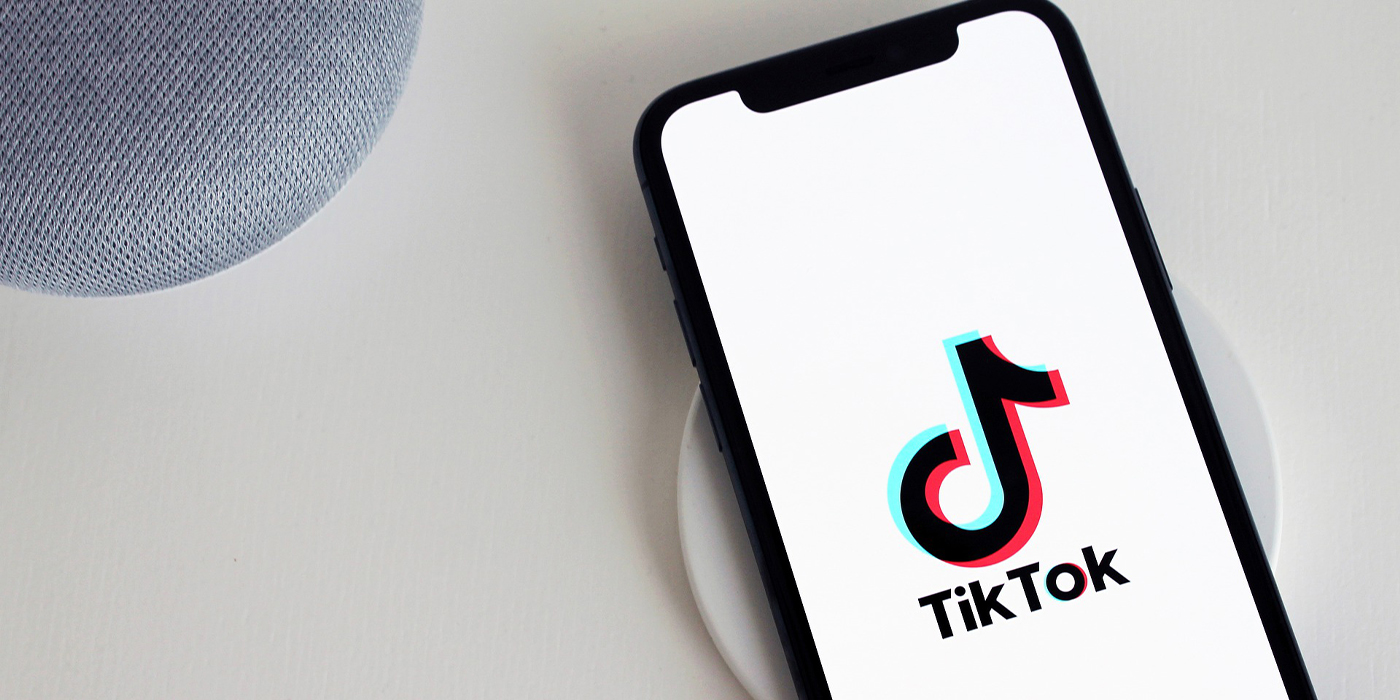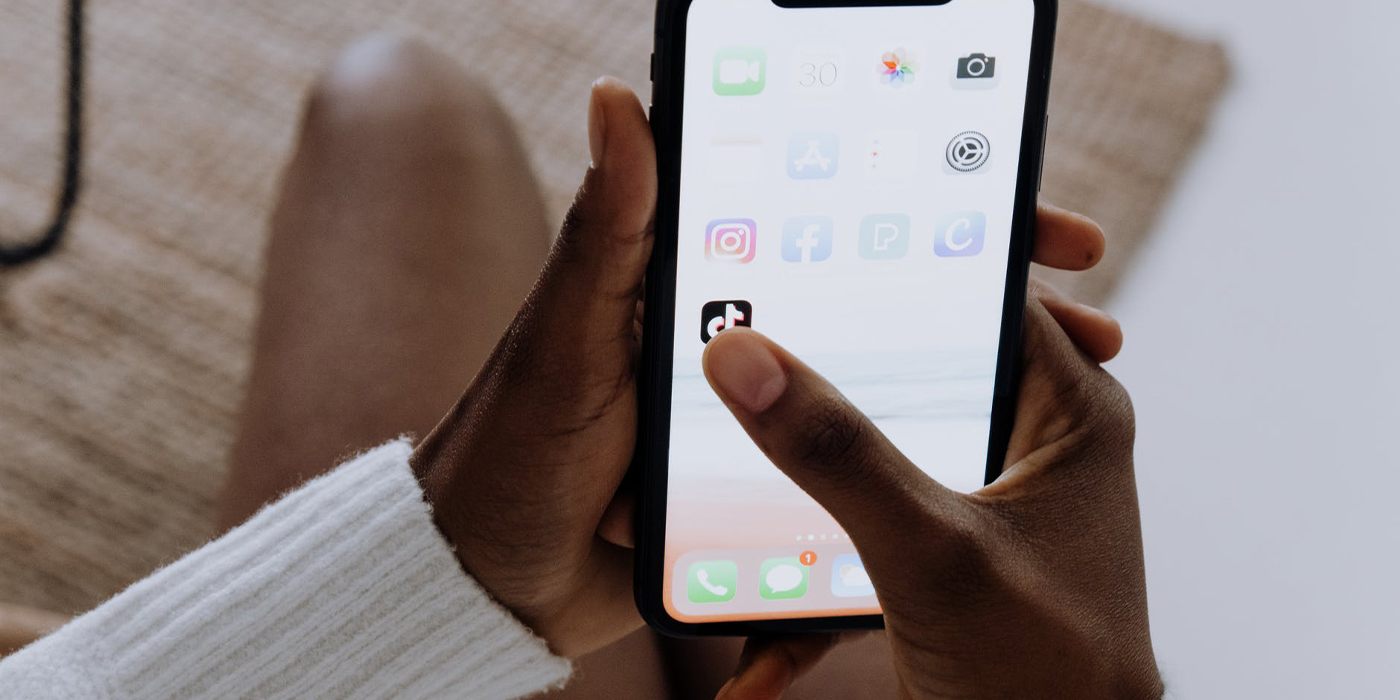
Once upon a time, at the height of its Wild West phase, parents would do anything they could to keep their little ones away from the internet. Computers, hard drives, floppy disks – these were the buzzwords of a new complex threat where criminality ran amok. Surfing the web was a fringe activity for lunatics and loners. The last thing they would’ve wanted was for their kid to fall prey to something or someone unsavoury.
In reality, kids only used computers for Paint, and the only person they spoke to was Microsoft Word’s Clippy, but the fear was real. Today, things are totally different. As more and more international conglomerates moved operations online, it was forced to become monitored and legitimised into the current landscape of blue ticks and “Are You Over 18?”
The consensus has swung. Those kids that were protected from the internet are now parents themselves. Naturally, their approach is relaxed, based on a lifetime of experience. They give screaming children iPads as pacifier substitutes. They download apps for them to play. They even create content together. Especially on TikTok.
Is it safe? TikTok, on paper, would appeal to kids with its farcical, pantomime-level content. But even in 2022, they’re still only one scroll from something potentially harmful.
Is TikTok safe for kids?

What’s important to note is that unlike millennials and to an extent Gen X, who grew up with computers being confusing, cumbersome machines in the back room that you could occasionally send emails on, Gen Z are born into the digital age.
It’s not an alternate reality they can log in and out off. It’s the only reality. They’re conditioned, from using screens in nursery to school to the workplace, to believe technology is a vital part of life. And it is. But with it being so mainstream, they’re also conditioned to believe it’s safe. Not least apps as renowned and loved as TikTok.
In the early days, all TikTok accounts defaulted to a “public” setting matter what user’s age was, leaving children open to DM’s and interactions from strangers. Thanks to a 2021 update, TikTok accounts for users aged 13–15 now default to private.
Although these measures have been brought in to better shelter kids, TikTok still isn’t safe for them. As with any social media platform, inappropriate content is never too far away. Whether it be suggestive clothing, profanity, outright sexual themes, your kid is only a hashtag search away from accessing mature content.
Does TikTok have parental controls?

Thanks to a feature called “Family Pairing”, parents can link their child’s account to their own. From there, they can set screen time limits, control direct messages and turn on/off restricted content. If any of these are changed from their child’s phone, the parent will receive a notification.
Another helpful setting in the app is the “Digital Wellbeing” function. This will set time limits on app use to teach your child the benefits of stepping away and preventing them from developing an addiction to TikTok.
The Digital Wellbeing setting also allows a parent to place restrictions on their child’s account, blocking videos that have been flagged as inappropriate. A key thing to remember, however, is that not all of this inappropriate content is flagged accordingly. Some material will find its way onto the conventional grid, and as a result, potentially your child’s.
If you’re looking for a good guide on how to put these settings into practice, there is a good blog explaining so right here.
Can TikTok affect my kid’s mental health?

TikTok may be more akin to YouTube than it is to the likes of Facebook and Twitter, but that doesn’t mean it isn’t open to trolls and haters. By posting videos onto their platform, your kid is making themselves a potential target for cyberbullying. According to recent findings from Security.org, of all the social networks, kids on YouTube are the most likely to be cyberbullied at 79 percent, followed by Snapchat at 69 percent, TikTok comes in at 64 percent, and Facebook at 49 percent.
Online harassment is known to have a huge impact on the mental health of adult creators. Imagine what it would do to someone much younger, whose life experiences revolve around going on water slides and eating candy floss? It seems unthinkable that a child could be triggered into body dysmorphia or depression or anxiety through a bunch of spiteful comments, but it’s a palpable risk.
Titania Jordan, the chief parenting officer of parental-control app Bark, has said features like the “Reactions” one on TikTok, which encourages creators to respond to videos with their own take, could lead to anxiety.
“Kids may get sucked into the pressure to create more and better content, and this can cause anxiety, especially if they’re not getting popular,” she claimed. “And many chase after that popularity by taking part in challenges, which can often be dangerous. Take, for example, the Cinnamon Challenge, the Choking Game, and the Kiki Challenge.”
Is TikTok collecting my kid’s data?

Say you’ve got your child set up on TikTok. You’re monitoring the length of time they spend on the app, keeping an eye out for the kind of content they’re watching, making sure they never come across or search for anything untoward. That’s all well and good. But you should also consider your child’s data.
As per TikTok’s page on privacy: “We share your data with our third-party service providers we rely on to help provide you with the Platform. These providers include cloud storage providers and other IT service providers. We also share your information with our business partners, advertisers, analytics and search engine providers…”
This practice is nothing new in 2022. But it’s worth noting is that even when the TikTok isn’t being used, it’s collecting info from your phone clipboard. This means that anything you or your child copy and paste, such as private information like passwords or messages, is being stored by TikTok.
Is it possible to fix this? Thankfully yes. For iPhone users at least, updating to the latest iOS update (iOS 14) should remedy this murky problem.
Why are adults using TikTok?

It should come as no surprise that adults are less friendly towards TikTok. In the US, 34% of adults hold unfavourable opinions of the app, compared to 37% who have favourable views. Younger adults think differently, with 59% of 18 to 34-year-olds viewing TikTok favourably, compared to 40% of 35 to 44-year-olds and 31% of 45 to 64-year-olds.
Though some adults do connect with some of the content teenagers do, they’re really there for life hacks and advice. Parents on TikTok are 59% more likely to post about home appliances, 55% more likely to post about snack products, 51% more likely to post about business and 41% more likely to post about cars.
In July 2021, a Wall Street Journal investigation revealed the TikTok algorithm was promoting sexual content, drugs and alcohol. As part of the investigation, a ’13-year-old user’ searched for ‘onlyfans’ and watched a handful of videos including two selling pornography. The 13 year old was a series of bots created to understand the app’s “For You” page.
These bots were set between the ages of 13 and 15. One was shown 569 videos about drug use including references to meth and cocaine addiction. There were also some promotional videos about the online sales of drug products. The bot accounts were additionally shown over 100 videos promoting porn sites and sex shops.
What safety measures have TikTok brought in for kids?

So we know about basic parental control and wellbeing features and so on and so forth. How about the rest? What makes up the other safety measures, if there are any? Though imperfect, TikTok did introduce more precautionary features than a worrying parent might’ve expected.
On August 12, 2021, the app rolled out a list of new safety features for younger users. Accounts for children between ages 13–15 would not receive push notifications after 9 p.m. For teens between ages 16–17, push notifications would be disabled after 10 p.m. Users between the ages 16 and 17 now have to actively switch their settings to enable direct messaging.
Those under 16 are unable to send or receive direct messages. Users under age 16 who try to publish their first video receive a pop-up message to help them better understand their privacy options. They are not able to publish a video without selecting who will be allowed to see it.
“As part of our commitment to safety, the wellbeing of our users is incredibly important to us. We want people to have fun on TikTok, but it’s also important for our community to look after their wellbeing which means having a healthy relationship with online apps and services,” TikTok said at the time.
Should I talk to my kid about TikTok?

You can lead a kid to TikTok but you can’t make it… not… search for harmful content? Truth be told, it’s not as convincing as the horse version but you know what we’re going for. By all means, monitor your child’s viewing habits on the sly, in a different room, likely unbeknownst to them. But there are other ways of dealing with this that aren’t so sneaky. They might be more conducive.
Talk to your kids. Sit them down and have an open, real, honest conversation about TikTok and what can happen in a worst-case scenario. It would act as a great first step. Face it, even if they don’t join social media now, eventually they will. Leading them in with an education is a better alternative to leaving them to their own accord.
Titania Jordan did this herself with her young son. They bypassed inappropriate content and talked about why sharing certain material on the platform isn’t clever. “We also discussed why it’s so important to have a private account and only connect with people you truly know in real life,” Jordan said. The pair also spoke about how screenshots and screen recording tech can mean “something seemingly impermanent might become a meme that haunts you.”
Laura Bedrossian, vice president, social strategy, at integrated marketing communications agency Hot Paper Lantern, is another endorser of parents talking to their children about the ills of social media. “If your kid is on any social media platform, make sure you as a parent or guardian have some understanding of it,” she said. “Download the app yourself and see what it’s all about so you can answer questions or even ask your child about what they’re seeing on an app. Keep an open and honest discussion about their - and your - digital literacy and footprint.”